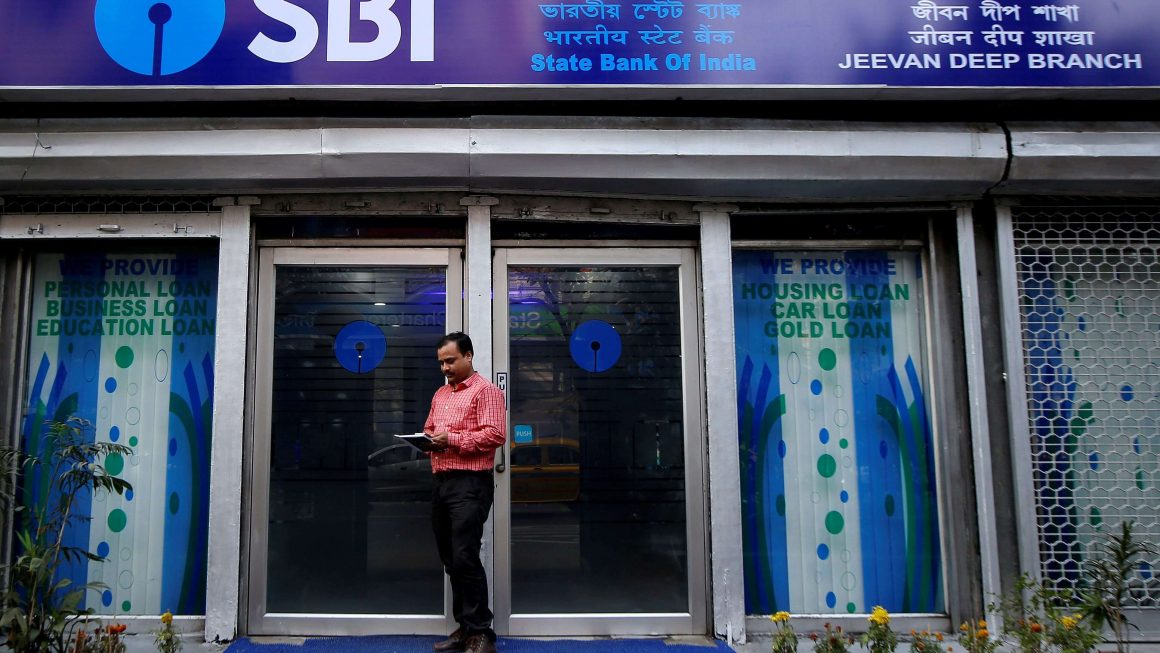NEW DELHI: India’s Adani Enterprises says it is well placed to build the infrastructure needed to support the country’s expected aviation growth, which has been curtailed by the coronavirus crisis.
The company’s chairman Gautam Adani made the comment on Wednesday, only days after Adani Airports said it had agreed to buy GVK Power & Infrastructure’s majority stake in Mumbai International Airport (MIAL), to give it control of one of India’s biggest and busiest transport gateways.
Adani did not mention the impact of the COVID-19 pandemic on any growth plans. Global air travel has slumped since March, with government-imposed coronavirus restrictions and public wariness about travel hitting airports and airlines.
Credit rating agency Fitch in a note last month forecast consolidation in the Indian aviation sector and warned of a slow rebound in demand, with domestic passenger volume growth “in the single digits over the next few months”.
Fitch also said that most Indian airlines reported passenger load factors of 50%-60% in July, versus 80%-90% last year.
India plans to build 200 additional airports and handle more than a billion domestic and international passengers, Adani said in a statement, adding that over this period India’s top 30 cities are expected to require two airports.
“Adani Airports sees itself well-positioned to help build the infrastructure platform required,” he said.
Adani Airports, a unit of Adani Enterprises, last year won the mandate to modernise and operate six airports in large Indian cities including Ahmedabad and Jaipur in the west and Guwahati in the east. These are major business or tourism hubs.
Adani said the acquisition of Mumbai airport, along with the other six, will give the group a “transformational platform” and create strategic opportunities for its other businesses.
Source: Reuters


